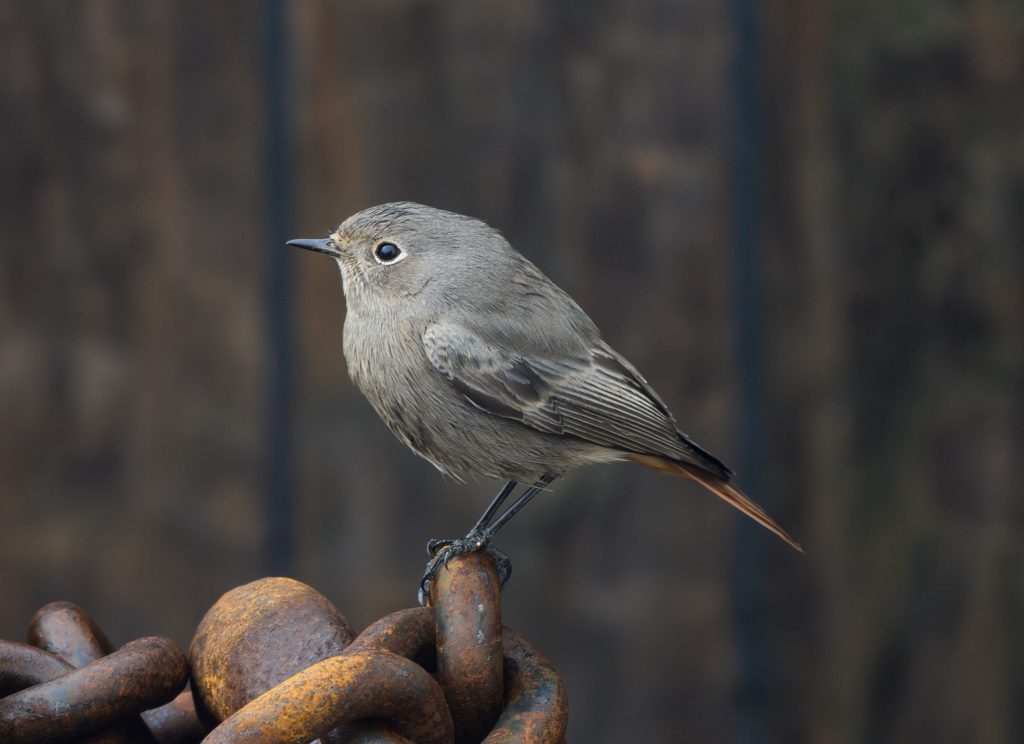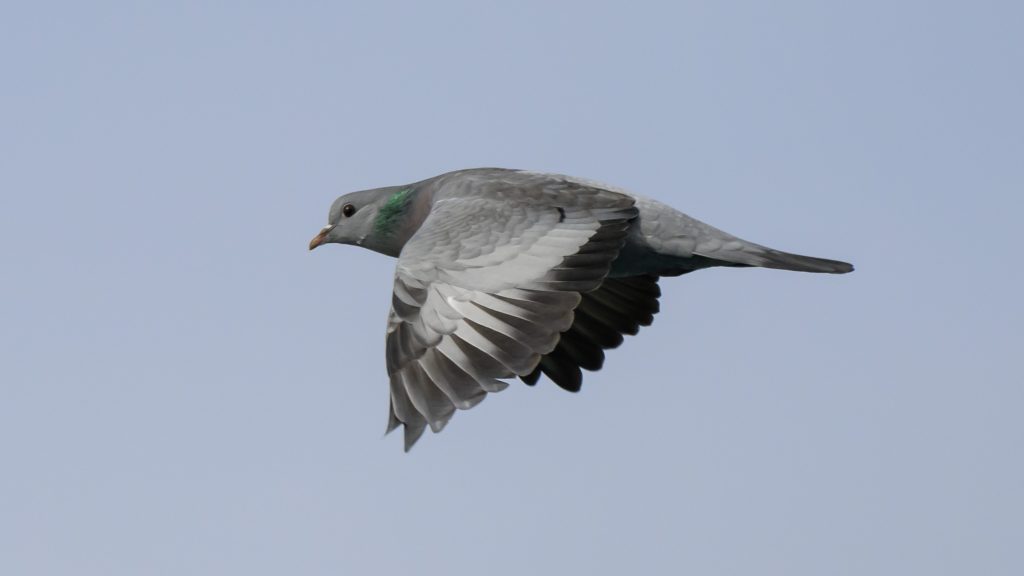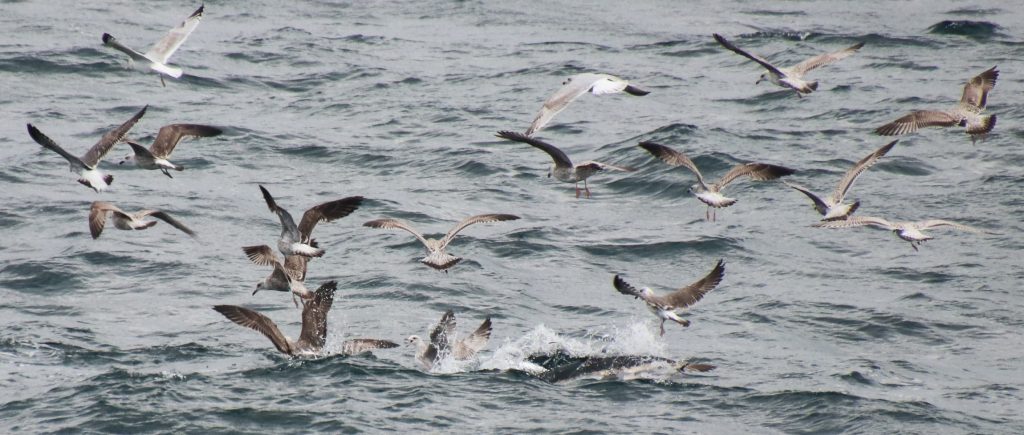 PELTIC 2025 – 14 October
PELTIC 2025 – 14 October
14 October 2025
As normal I was woken at 06:00 by my alarm blaring “Why don’t we do it in the road”, a question I have often asked, and I think it might be set a little early as it was a particularly dark morning when we first reached the bridge. A trawl was undertaken after we had finished surveying last night and according to the fisheries scientists was a representative sample, the officers were jokingly calling it a small catch. We were not too hopeful for the first section of the transect, we were now at the southern end of Transect 30, parallel to the ‘Doldrums’ from yesterday.

We started just after 07:30 and our fears proved to be founded. There were a few Gannet and a single Great Skua passed in front of the ship. Seabirds were thin on the ground, but we added another two passerine species to the survey list with a Black Redstart and a Skylark passing through. Surprisingly, from our perspective and due to lack of wildlife, we pulled off to go fishing. Apparently, the fish were quite deep, I will believe it when I see it.
Ok this time the scientists were right and there was a large catch, law of averages say they have to be right occasionally. The catch was mainly larger Sardine aka Cornish Sardines (aka Pilchards).
So, if the transect was going to continue to mirror yesterday’s, then things should start slowly and then it should be a helter-skelter end trying to record everything – this proved to be the case.

For the first couple of hours little was seen other than Gannet, although we did have a Stock Dove fly past the ship. There was also a good number of Storm Petrels with a few rafts of 15 to 20 birds plus a few flying. On the cetacean front, Common Dolphin were seen regularly after the first hour, in small pods coming into the ship and a few were feeding.
Then as we neared the end of the transect, we started to see more birds and then, around 14:00, came across a couple of large groups of birds feeding with tuna and Common Dolphin. There were good numbers of Manx Shearwater as well as the expected Gannet, Kittiwake, and gulls.
As on the previous day a call went out for whale blow on the port side, it was thought to be a Fin Whale but neither I nor Phil managed to clap eyes on it, so it was not recorded. Just after this the transect ended and we set sail to try and do part of the next transect, number 29.

After the hectic end to Transect 30 what we wanted was a nice easy relaxed last hour before dinner. But Ob-la-di, Ob-la-da right from the moment we turned onto the transect there were three flocks of Gannet and gulls in different directions all feeding with tuna. Just as we managed to record these the best we could another appeared and then another. In the first 20 minutes there were about 10 such bird and tuna feeding frenzies, and to make matters worse, there were also loads of birds just sitting around or flying between the various feeding locations.
After the first 20 minutes it did calm down a little, with a few Great Shearwater and Great Skua recorded, and a lone Balearic Shearwater.
It’s going to be a long, long night entering all the data and checking through photos to try and get a better idea of the bird counts in the feeding melees. Hope there’s some nice honey pie for pudding.
So, what lessons have we learnt today:
• A representative sample is science speak for a small catch

